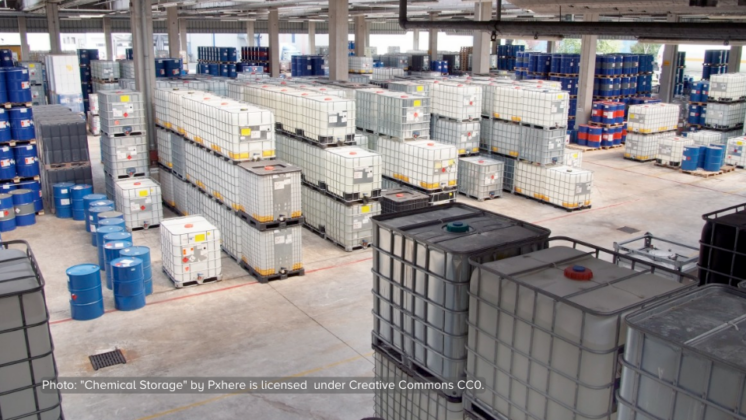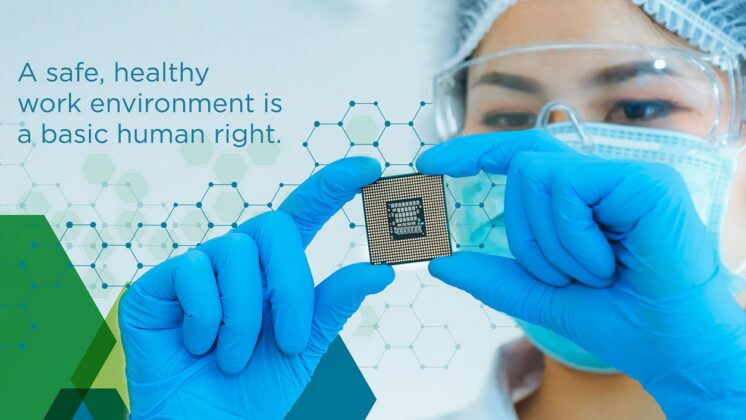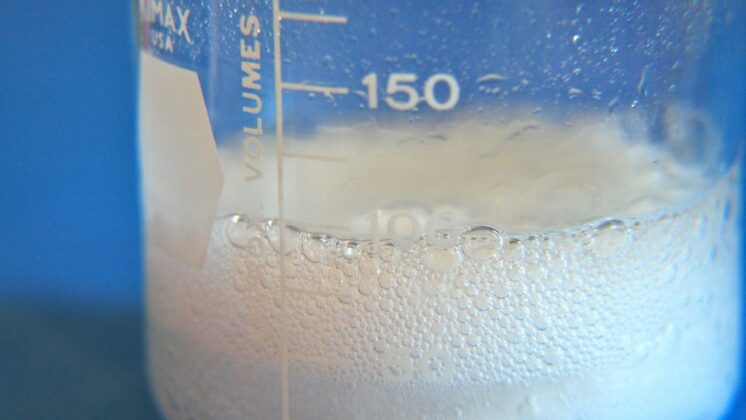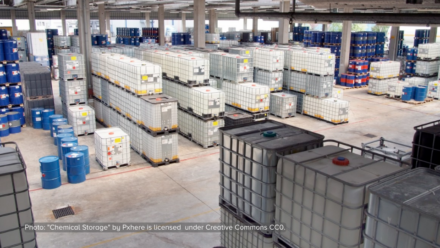A participatory study conducted in Batam, Indonesia used biological monitoring to evaluate the extent of chemical exposure among workers in the electronics manufacturing industry.
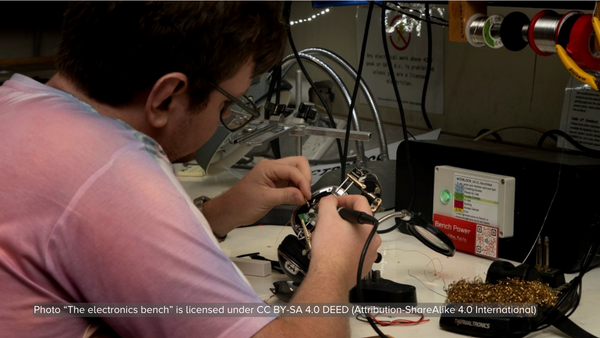
Urine samples were collected from workers both before and after their shifts. The findings revealed the presence of five solvents—acetone, methyl ethyl ketone, toluene, benzene, and xylenes—in 46% to 97% of the collected samples. Additionally, seven metals—arsenic, cadmium, cobalt, tin, antimony, lead, and vanadium—were detected in 60% to 100% of the samples, raising concerns about potential health risks for the workers in the area.
The researchers faced challenges including the lack of data in the region and logistical issues. The use of biomonitoring and participatory research served as significant steps in assessing workers’ exposure, particularly in situations where traditional workplace air monitoring is unfeasible due to a lack of cooperation from employers.
Meanwhile, the study’s findings emphasize the importance of continued research and monitoring efforts to better understand and mitigate the risks associated with chemical exposure in electronics manufacturing, particularly in regions where data are scarce and employers may be hesitant to collaborate.
The research team includes multiple activists from GoodElectronics Network.
Please note that full access to the research paper is restricted.

